The Future is Now: How AI-based Industrial Bearings are Transforming Industry 4.0
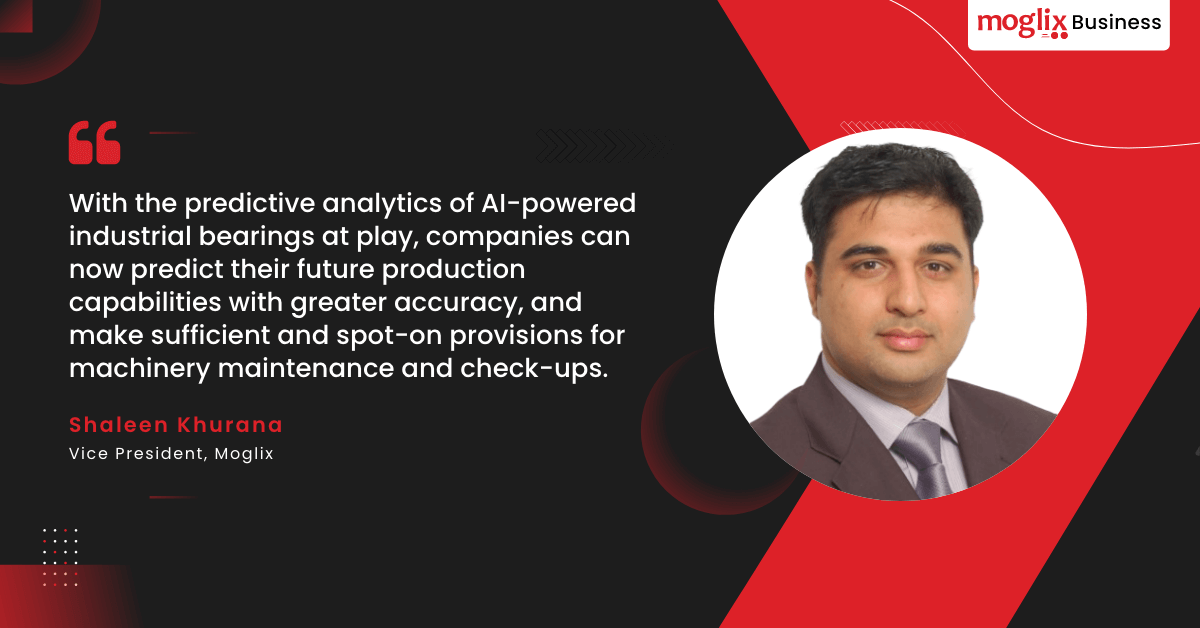
The Future is Now: How AI-based Industrial Bearings are Transforming Industry 4.0
In a highly industrialized era, it is a bearing that makes the world go round. Take any industrial technology propelling the world forward, and chances are that there is a rotating or a rotary mechanism operating at its heart. Be it a pressing machine, pump, motor, bike, car, escalator, elevator, turbine, windmill, heavy equipment, or capital machinery- everywhere you look, you are likely to find the humble bearing, hidden from plain sight yet working away tirelessly in the background. Take the modest bearing out of the picture; one would be hard-pressed to recreate our modern manufacturing and economic edifice without it.
Big Data, AI, and Fashion: The New Frontiers of Creativity
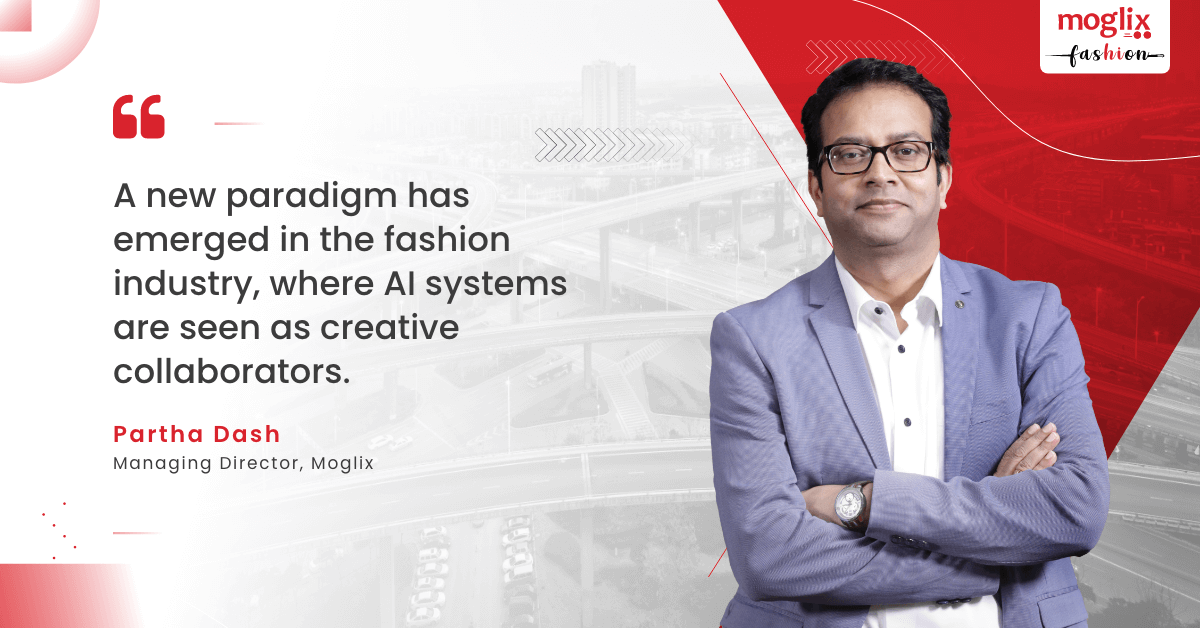
Big Data, AI, and Fashion: The New Frontiers of Creativity
According to a recent McKinsey Global Fashion Index (MGFI) report, a record 69% of companies in fashion world were value destroyers in 2020, up from 61% in 2019 and 28% in 2011. About 7% of businesses completely withdrew from the market because of financial difficulties or being acquired by peers. The global fashion industry is reclaiming its footing in the world and reinventing itself to meet the new demands of customers, whilst digitisation serves as a growth hub. Despite this, the industry still faces formidable obstacles, including fluctuating customer demands, supply chain interruption, and time-to-market pressure, among other things.
In 2021, technology accounted for about 1.6 to 1.8% of sales for the fashion industry and this percentage is expected to rise to 3.0 to 3.5% by 2030.
India`s Grey to Green Energy Transformation: The Key to a Low-Carbon Future
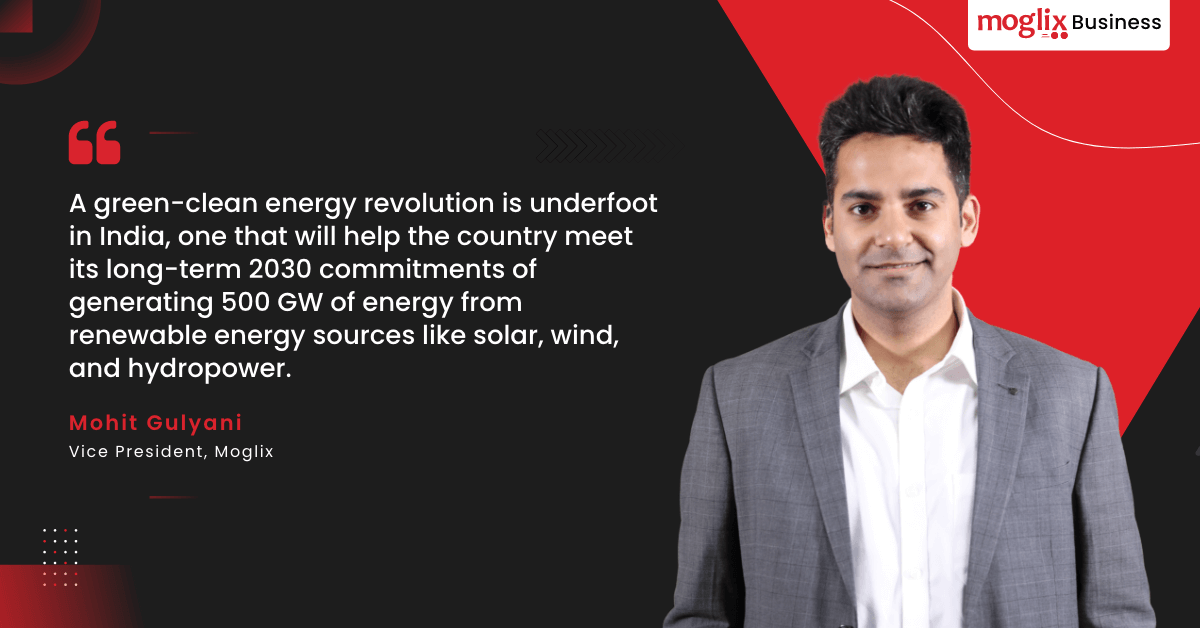
India`s Grey to Green Energy Transformation: The Key to a Low-Carbon Future
Geo-political turmoil and burgeoning concerns over rising crude oil prices mark today’s global macroeconomic scenario. In this context, Hardeep Singh Puri, Union Minister of Petroleum and Natural Gas, re-emphasized that in a strained economic matrix, where the world swings wildly across the recession and inflation spectrum, India will confidently push ahead with its switch towards green energy.
A green-clean energy revolution is underfoot in India, one that will help the country meet its long-term 2030 commitments of generating 500 GW of energy from renewable energy sources like solar, wind, and hydropower.
Unlocking Agility: A Guide for CPOs to Build a Resilient Procurement Strategy

Unlocking Agility: A Guide for CPOs to Build a Resilient Procurement Strategy
The last few years have been highly challenging for the CPOs (Chief Procurement Officers) across sectors and geographies. An erstwhile linear job has taken on newer dimensions, and CPOs have been called upon not only to brave financial and economic disruptions but also to steer their company safely through such tumultuous times.
At the very core, the procurement function in a manufacturing company is assessed on the basis of Annual Cost savings, Speed to market/Supplier delivery, Operational efficiency, Internal stakeholder management, Quality compliance and Risk Mitigation.
Here are a few key tenets that can help CPOs achieve these while balancing resources and cost constraints in 2023.
Company Poised for Major Revenue Growth in Upcoming Fiscal Year
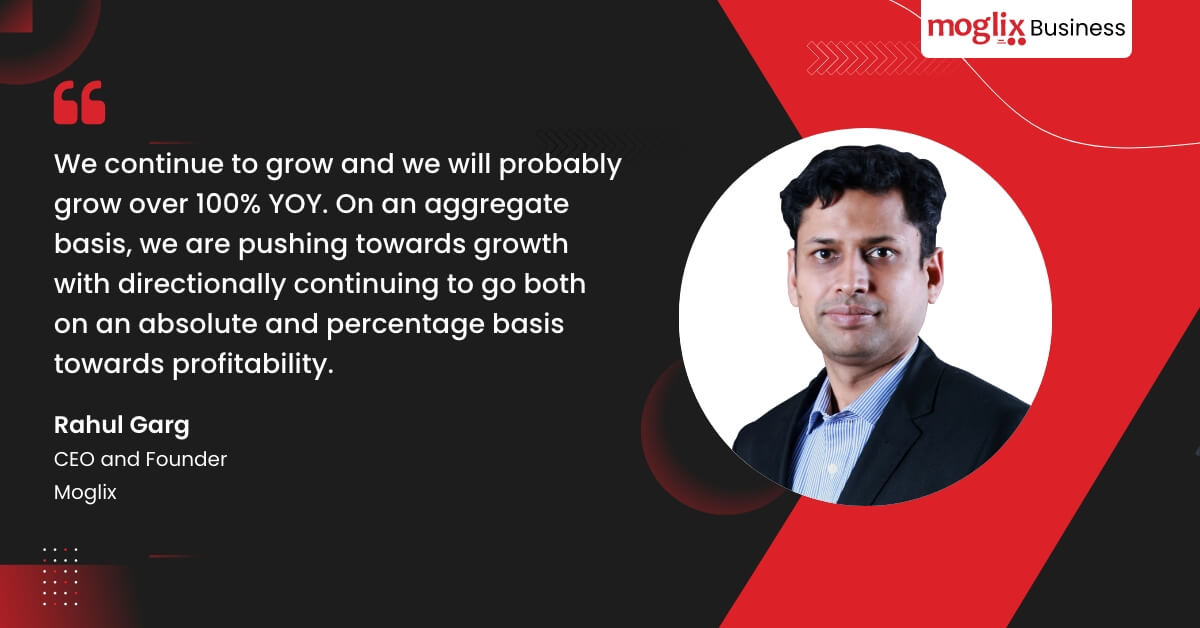
Company Poised for Major Revenue Growth in Upcoming Fiscal Year
In an exclusive interview with Mint, Rahul Garg, CEO and Founder said, the Tiger Global-backed firm may have the option to break even in the next 12 months or to continue investing in business growth. He said Moglix’s successful foray into the United Arab Emirates (UAE) will become a template for its entry into other foreign markets.
Moglix CEO speaks about revenue run rate, path to profitability and international ops. Find more on what the founder shared in the conversation:
What was the growth you saw last year considering the market environment? How do the next few quarters look?
(Last year), while the world was in chaos, I think India was a shining star. While there are all sorts of global issues with respect to the venture environment, (but) I think India is still the bright star. We primarily work with manufacturing and infrastructure customers. Today, about 85-90% of our business is in India.
Read MoreInnovative Solutions for Smart Cities: An Interview with Abheet Dwivedi

Innovative Solutions for Smart Cities: An Interview with Abheet Dwivedi
In an exclusive interview with Infrastructure Today, Abheet Dwivedi, Senior Director (Infra & PSU) at Moglix, shared his insights on shaping the future of cities with sustainable and innovative tech solutions. Abheet discusses the much-needed boost required to build sustainable infrastructure, as well as the challenges and opportunities in deploying tech solutions for urban development.
How Virtual Marketplaces Are Revolutionizing E-commerce for MSMEs
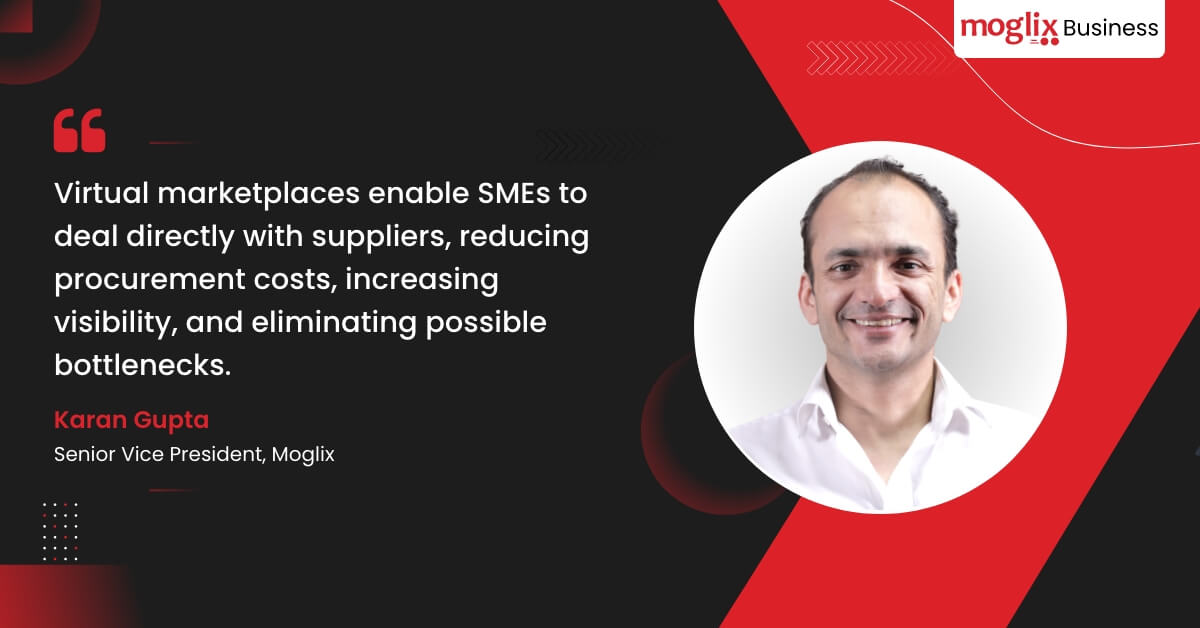
How Virtual Marketplaces Are Revolutionizing E-commerce for MSMEs
SMEs fundamentally power the Indian economy. Of course, at the top of the tower, one finds blue-chip public & private companies, tech giants, and a handful of companies that evoke envy and admiration across the globe. However, the economy, at the rural and town level and in large pockets in the cities, relies on the resiliency and resourcefulness of SMEs.
The Digital Gulf
As can be expected, these MSMEs have traditionally been family-run units that are often, if not always, skeptical of the digital revolution underpinning the new business dynamism of the modern age.
The Future of Digital Transformation in SME Supply Chain Ecosystems.
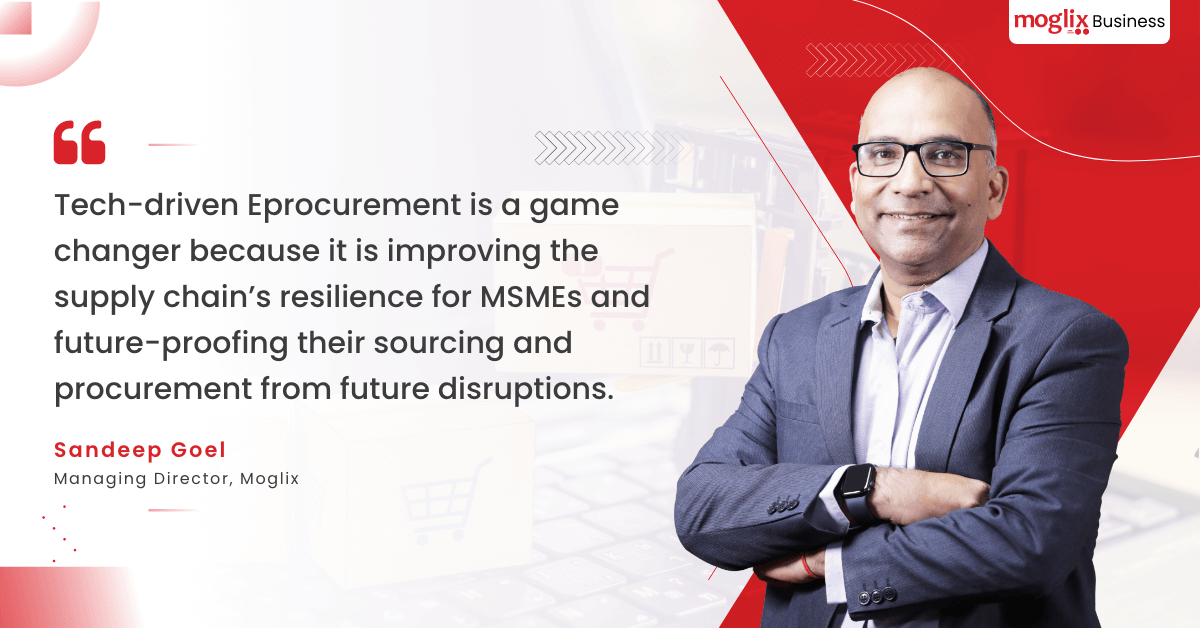
The Future of Digital Transformation in SME Supply Chain Ecosystems.
The COVID pandemic caused large-scale suffering globally but proved to be a substantial test of the resilience of several business models. It has also had a cascading effect on already marred supply chains that have been further exacerbated due to geopolitical tensions—the dearth of human capital during lockdowns enforced by the government significantly reduced supplier capacity. As a result, essential raw materials could not move up the supply chain, leaving several gaps in between, leading to crippling bottlenecks.
In India, SMEs and MSMEs became unfortunate victims, with an average decline of 11% in their business in 2021. Many SMEs were forced to give up their margins or, worse, close for months or shut down forever.
Growth path in India: Obstructions and Opportunities in SMEs
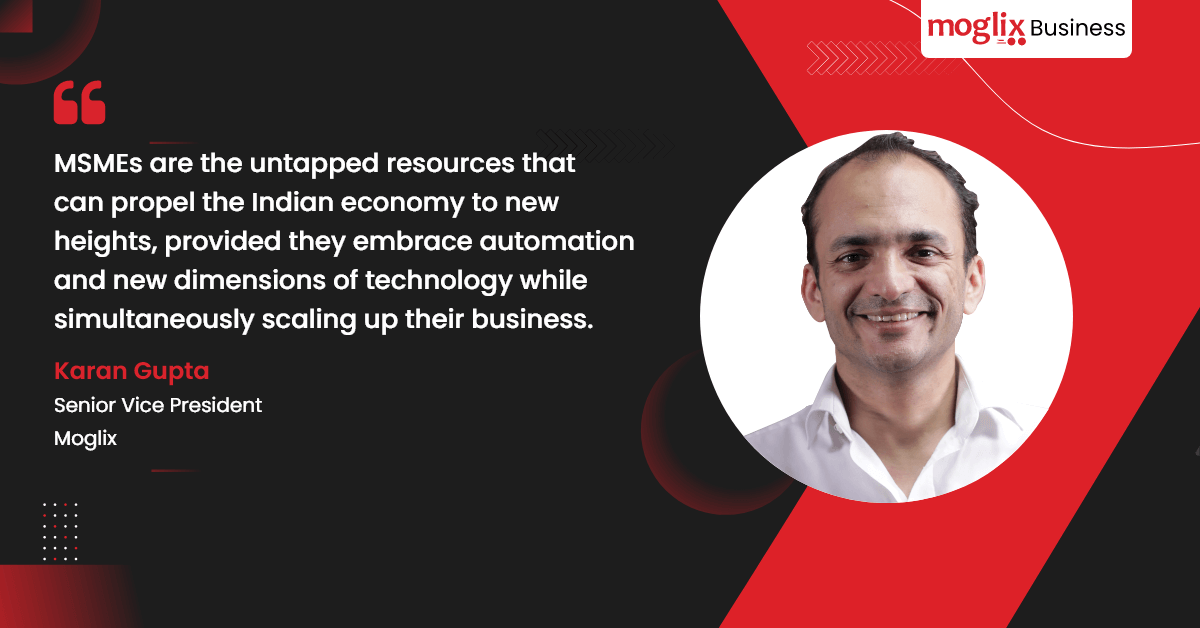
Growth path in India: Obstructions and Opportunities in SMEs
It is a fact that the MSME sector doesn’t receive the kind of limelight and attention that listed firms and multinationals draw, despite its critical role in the Indian economy. As per the MSME ministry’s FY21 figures, over 6.33 crore MSMEs dot the landscape of India. Over the years, the contribution of the MSME sector to the GDP has remained constant at an incredible 30%. However, MSMEs in India continue to operate in obscurity while persistently underperforming.
Bottlenecks to MSME growth:
- Lack of capital
- Lack of talent
- Digital Gulf
- Information deficit
Sustainable supply chain management- The New Wave in MSMEs
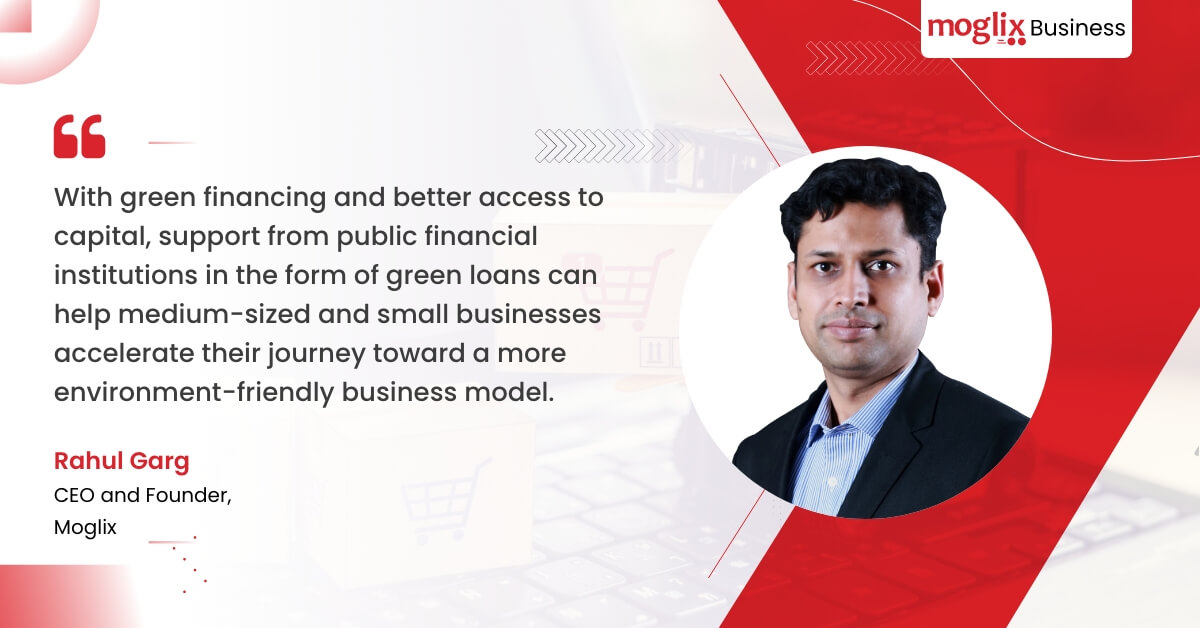
Sustainable supply chain management- The New Wave in MSMEs
It is no secret that we find ourselves amidst a climate crisis that demands our attention and action. With many nations committed to attaining net zero emissions by 2030, time is of the essence. It is one of the primary reasons why there is a pressing need for organizations across the globe to prioritize their ESG Goals. Net zero goals are ambitious but possible. Among other things, organizations must strive to assess and re-imagine their supply chains. According to a research report by McKinsey, the supply chain of a company offering consumer goods is the major contributor to its aggregate environmental impact. For example, 80 per cent of an organization’s greenhouse gas emissions and 90 per cent of its overall effect on the ecosystem result from run-of-the-mill supply chains.
